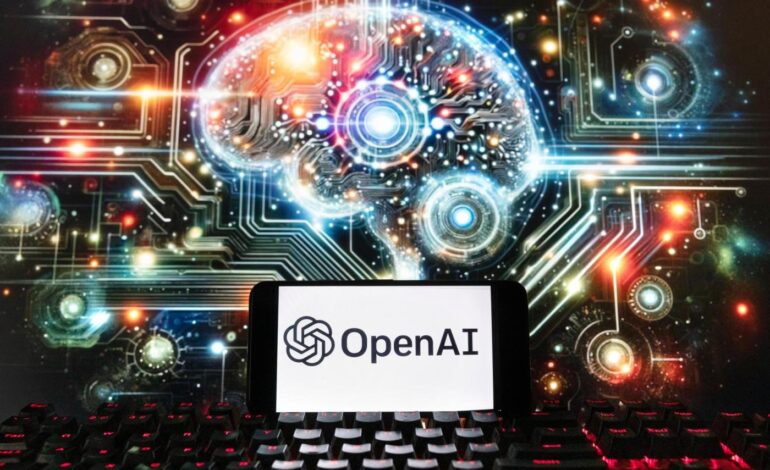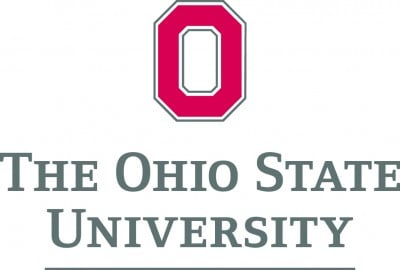San Jose Plans AI Chatbot Expansion for 7,000 Employees

San Jose city officials are moving forward with plans to implement chatbot assistants for all of its approximately 7,000 employees. The initiative aims to enhance productivity by allowing city workers to create personalized AI tools for handling routine tasks. This development builds on San Jose’s previous successes with various artificial intelligence projects designed to improve employee efficiency.
The city has issued a request for proposals for a generative AI platform capable of automating administrative tasks such as data analysis, report generation, and document summarization. San Jose Mayor Matt Mahan emphasized that generative AI could potentially increase productivity by 10% to 20%. “We’ve already seen documented evidence of employees across multiple departments becoming more productive,” Mahan stated in an interview with The Mercury News.
Expanding AI Applications in Local Government
Over the past few years, San Jose has positioned itself as a leader in applying AI within government operations. In 2023, the city piloted a bus route optimization tool that minimized delays caused by traffic signals. Additionally, AI applications have improved language translation services on municipal websites and identified public issues such as potholes and illegal dumping proactively, thus enhancing service delivery.
The city announced plans to expand its road safety program, which successfully identified potholes and debris with accuracies of 97% and 88%, respectively. The initiative aims to accelerate permitting processes and streamline local government functions.
San Jose has also partnered with San Jose State University to develop training programs that prepare employees to utilize AI effectively. So far, around 80 employees have engaged in training, collectively saving over 10,000 hours of staff time and approximately $50,000 in consulting expenses by implementing AI solutions across various departments.
Stephen Liang, a data analyst in the city’s Information Technology Department, shared his positive experience with AI tools. He developed the 311 Service Request Analyzer, which has significantly reduced the time needed to process service requests. “What used to take hours now takes just minutes,” Liang noted, highlighting the tool’s role in enabling quicker responses and improved resource allocation.
Addressing Concerns Over AI Implementation
While the drive toward increased AI usage aims to enhance productivity, it has raised concerns among some city employees. John Tucker, a representative from the American Federation of State, County, and Municipal Employees (AFSCME) Local 101, expressed apprehension regarding the lack of communication between city officials and the union. He emphasized that the use of AI would be a significant topic in upcoming contract negotiations, with workers advocating for safeguards that ensure technology complements rather than replaces human roles.
Mahan has reassured staff that AI is not intended to replace jobs but to support employees in their work. “We are helping our people gain access to and train with the best tools on the market,” he explained. The mayor reiterated the importance of equipping the workforce with modern technology, stating, “Generative AI is here to stay and will shape the nature of work for generations.”
Despite the potential benefits, Mahan acknowledged the challenges posed by AI, particularly concerning its accuracy. Instances of AI generating misleading information, often referred to as “hallucinations,” have been documented. For example, a recent report by Health and Human Services Secretary Robert F. Kennedy contained numerous fictitious citations likely resulting from AI-generated content.
To mitigate these risks, Mahan emphasized the need for thorough training in verifying information sourced through AI. “Using a large language model does not give you permission to turn your brain off,” he cautioned, advocating for a diligent approach to AI-assisted work.
As San Jose embarks on this ambitious AI expansion, the effectiveness of these technologies in enhancing public service delivery while maintaining the human element remains a key consideration for city officials and employees alike.






